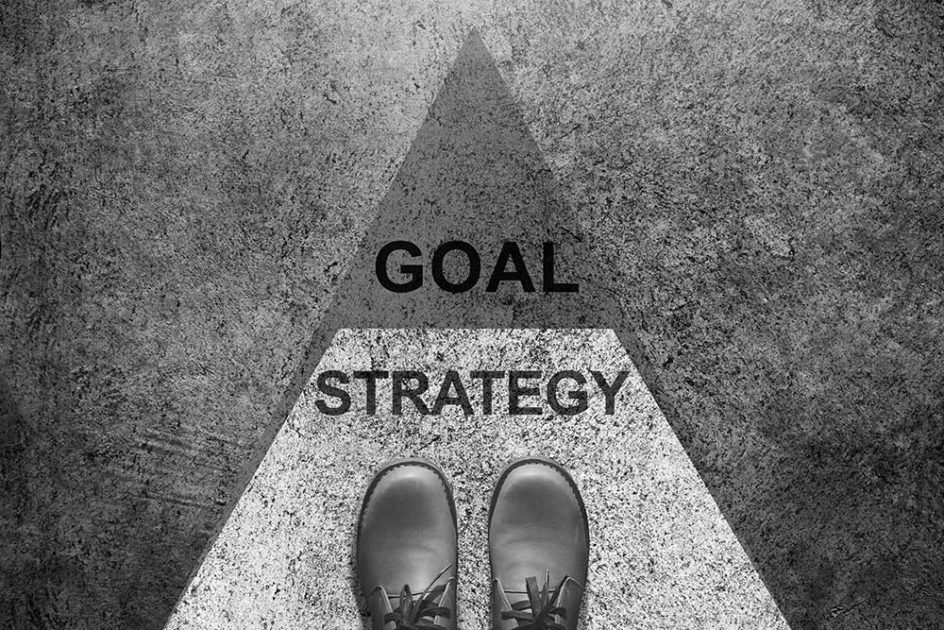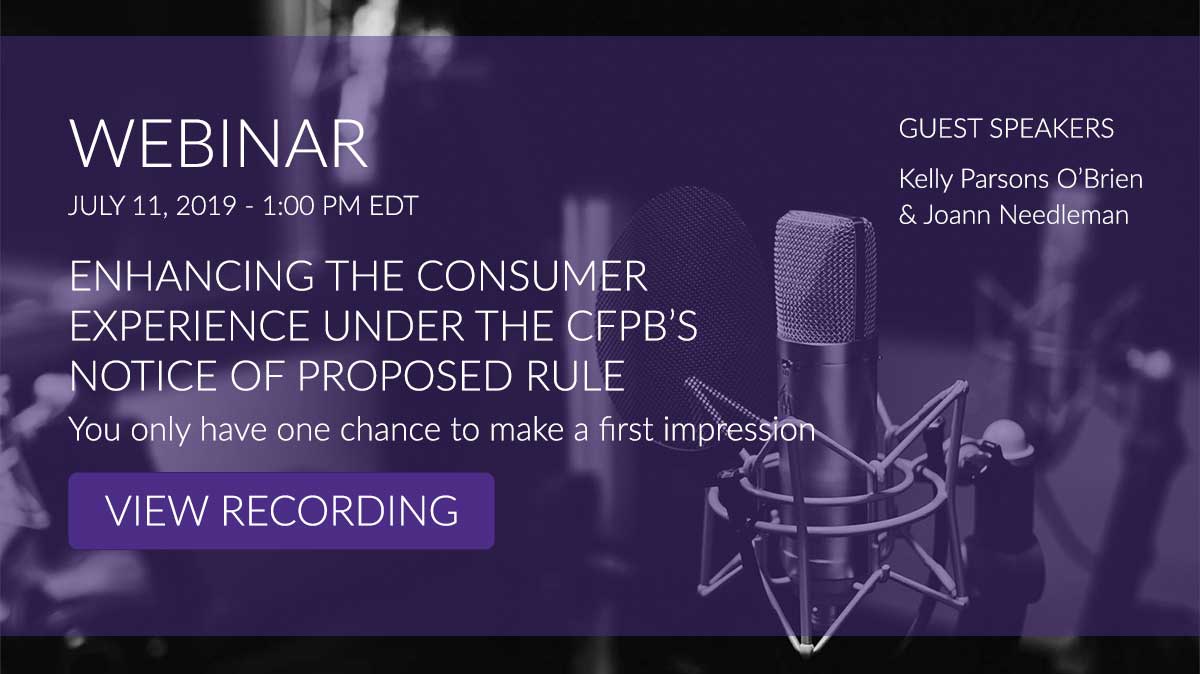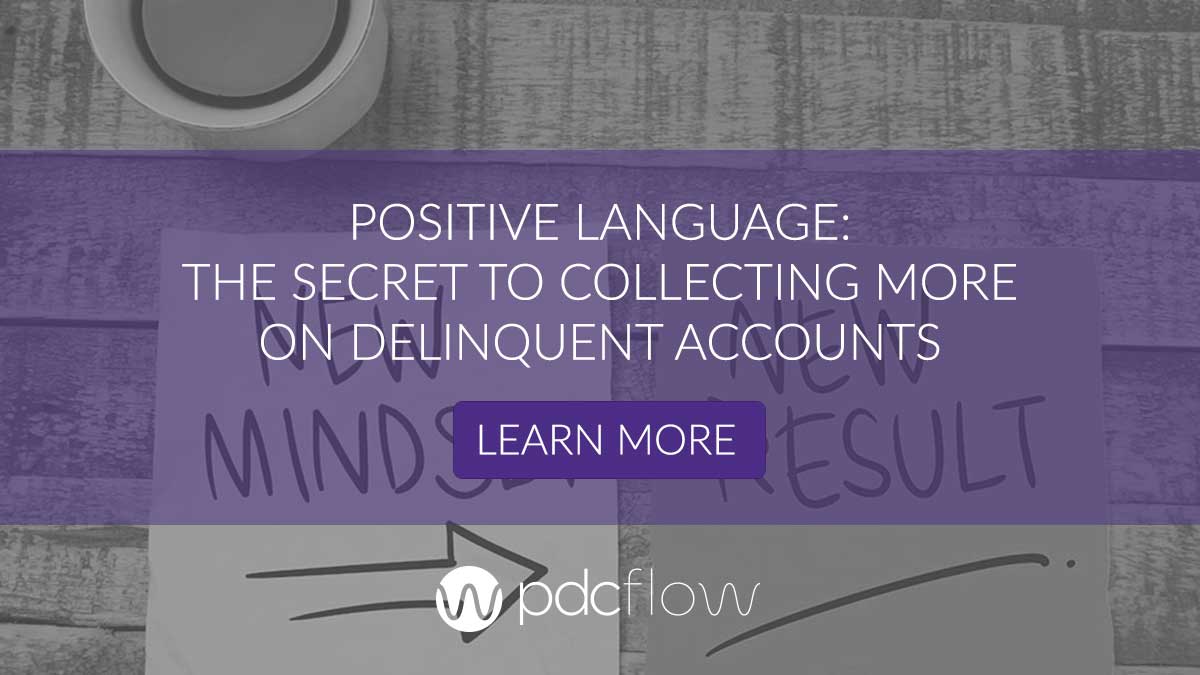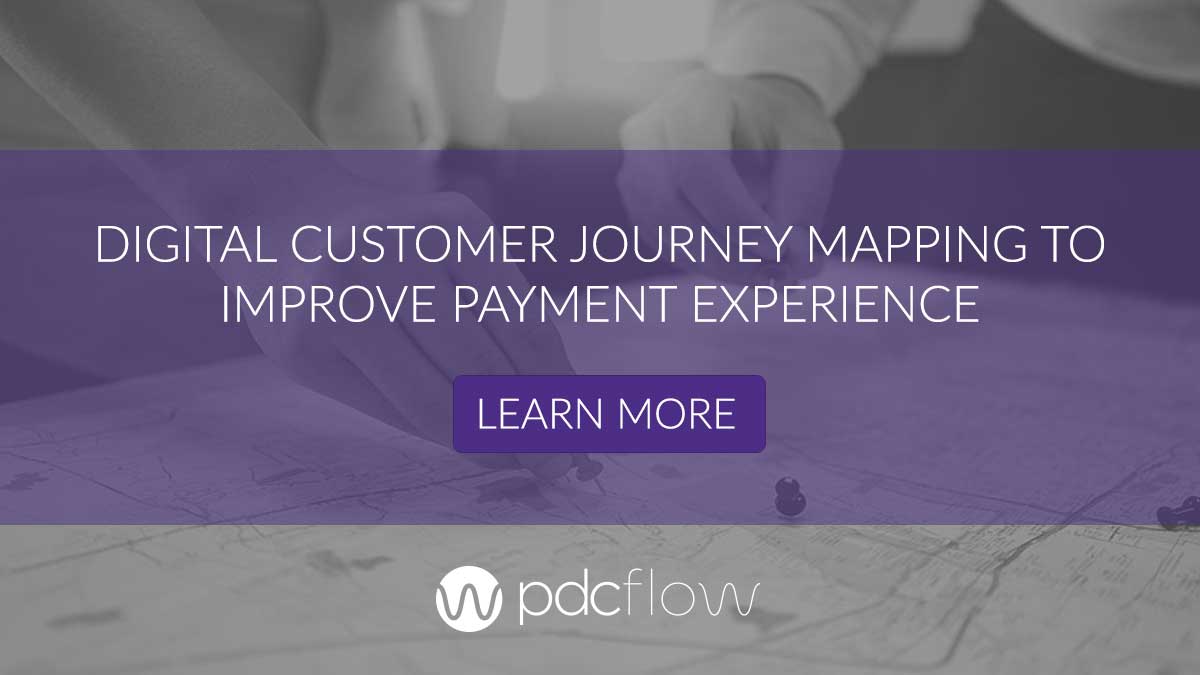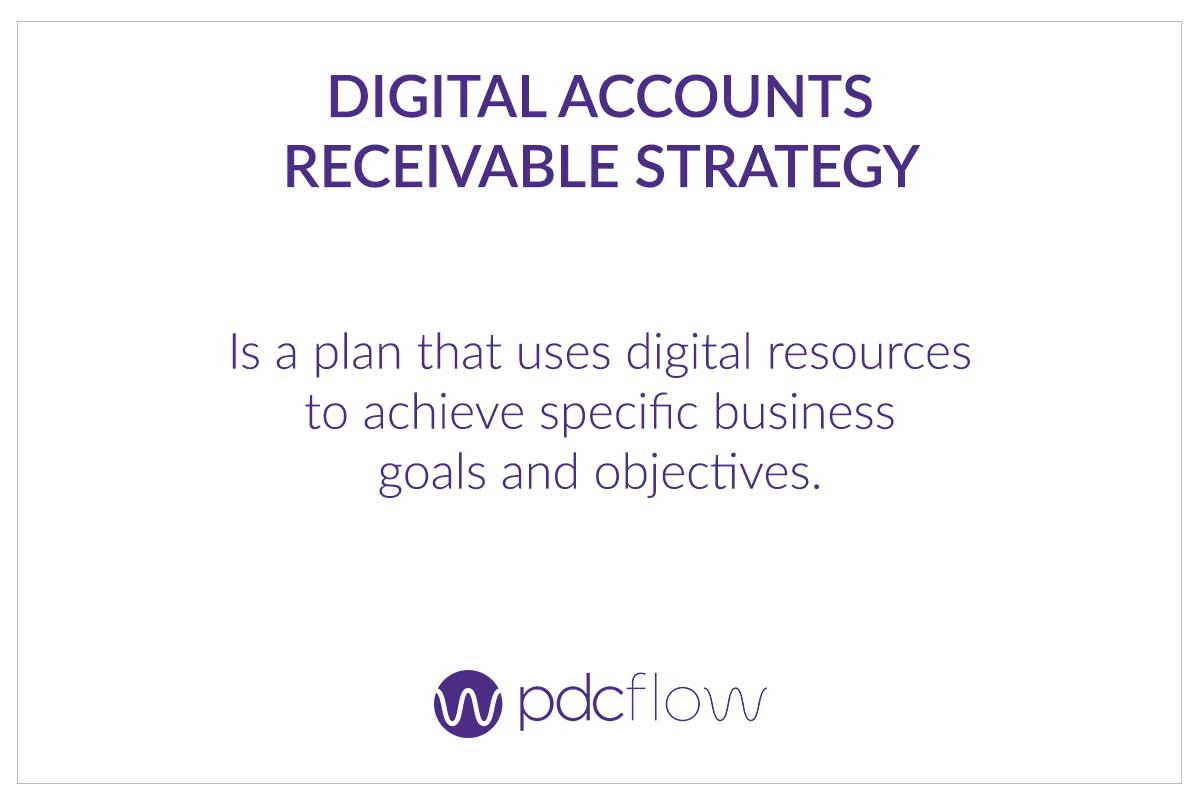
What Is a Digital Accounts Receivable Strategy
Why Do You Need It?
COVID19
The most drastic change to office life for many is the shift to remote workers. Even a year ago, many agencies would hesitate to consider remote work a viable option for collectors.
What most agencies are learning, though, is that with planning, a remote call center is sustainable long-term. This is where many businesses are finding a digital accounts receivable strategy has helped them adapt. Companies that are comfortable leveraging technology have seen the least disruption during this time.
CFPB NEW RULES
Even without the considerations coronavirus has brought to business, debt collection has been trending toward digital solutions for some time. While many were nervous in the past to violate FDCPA regulations by using new technologies, the CFPB has finally shown they understand the need for clarity.
The Bureau’s Notice of Proposed Rulemaking didn’t explain exactly what collectors will need to do moving forward. The NPR did make one thing clear, though – using new communication technologies will be part of the final rule set to release this October.
Experts like Joann Needleman of Clark Hill Law have been vocal since the proposal’s release that it will bring big changes to the industry. As she explained in the webinar “Enhancing the Consumer Experience Under the CFPB’s Notice of Proposed Rule,” the NPR will standardize business practices for agencies. Because the rule will move to make each agency the same, your differentiating factor may become how you use technology to best serve your consumers.
Changing Consumer Habits
Serving consumers is another vital reason to move your agency towards technology. A digital collection strategy will keep you current with the communication channels and preferences that make it easier to form consumer connections.
Relying on only phone calls to speak with consumers is not the effective strategy it once was. Why?
- People don’t answer phone calls as often as they used to
- Many collector’s phone numbers are blocked by call blocking apps or marked spam
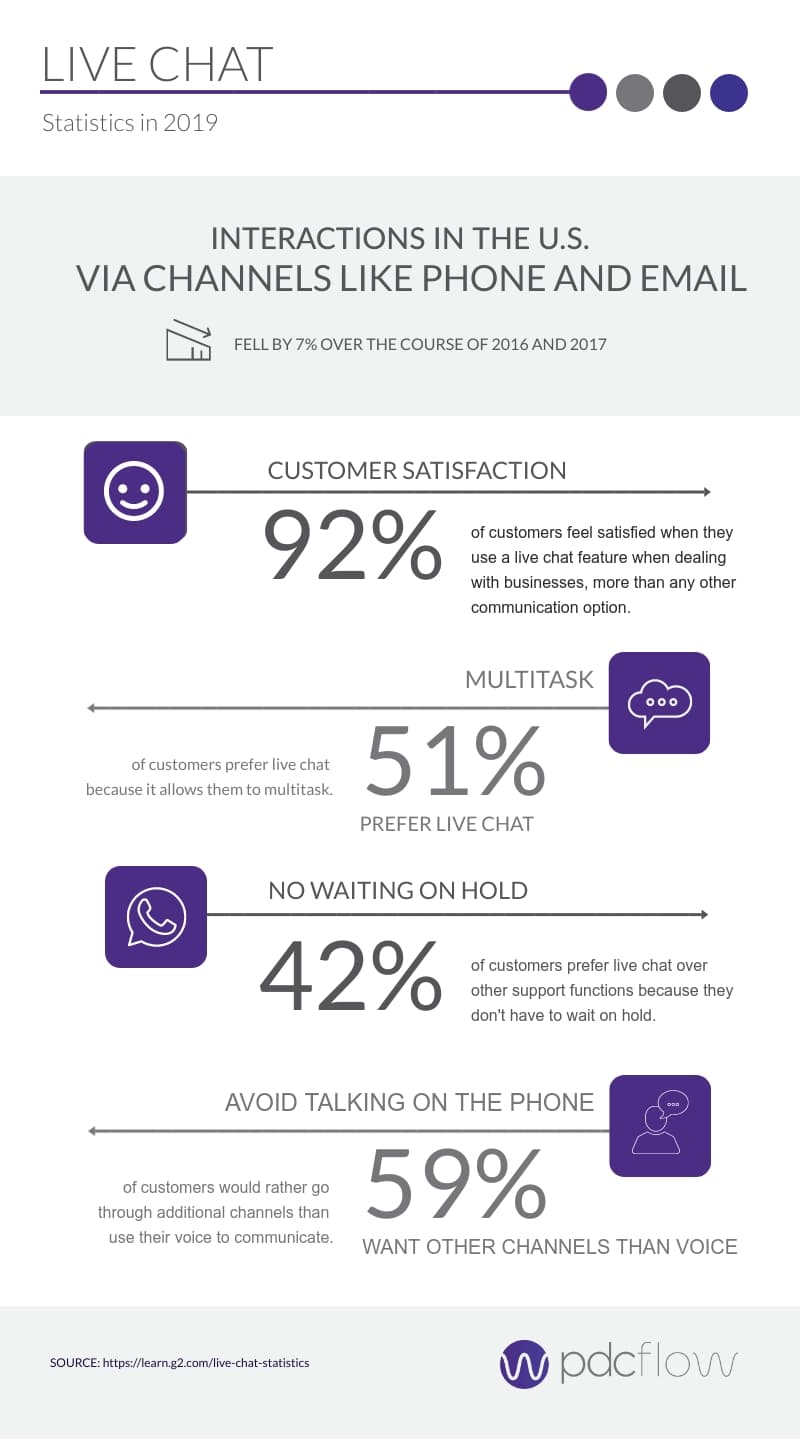
Increased Efficiency and Improved Collections
All the points above are valid reasons to consider updating your business strategy. There’s another reason to freshen up your business plan – one with results you can measure.
Digital solutions can simplify office processes for your staff, allowing them to help more consumers per day. The tools you use can also make payment easier for those consumers, increasing revenue. These measurable outcomes can help you track performance and prove your worth to clients.
What Will Your Digital Strategy Impact?
You probably already know the widespread effect a business plan can have on your company. Be prepared – a shift to digital tactics means changes elsewhere in your organization too.
Consumer centric choices - Your strategy should center on easy ways to interact with consumers. Make sure the tools you use to improve are actually customer centric. Products should be easy to use, intuitive and save your customers time interacting with agents.
Training - Any change you make to your processes means you will need to retrain staff. Make sure your training team has time to prepare what they need and you know how all your new tools work before staff can access them. Also take the time to update your policies and procedures accordingly.
Internal goals - With changing tools and tactics, you may find your internal goals changing too. For instance, if your strategy focuses on providing more ways for a consumer to pay a bill, you should track the channels people use.
Office culture - If you are changing your company’s approach to consumer interaction, this might require a shift in mindset with your agents. A collector’s goal is to settle accounts. However, refocusing on better serving consumers may require more than staff training. Teach front line collectors to use positive language on calls. Help them focus on conversational intelligence. Lead by example and foster a culture of empathy for consumers.
Where Should You Start?
Shifting to digital (or investing more than you already have) can be intimidating. Because this impacts both daily and long-term operations, you should prepare carefully. To help you organize your priorities, here are the top three concerns to address:
1) A Great Website
For any digital strategy you employ, your corporate website will be the hub that connects everything together. Use good website design to clearly direct consumers where they should go. Offer web chat services to provide another channel for customers to contact agents. Include payment options, email and text message opt-ins and all necessary disclosures where they can be clearly seen by site visitors.
2) Simple, Multi-function Software Tools
Try to simplify your changes by finding software that performs multiple necessary functions. For instance, PDCflow offers credit card and ACH payment processing services with an online payment portal. Along with this, our FLOW Technology allows agents to chain electronic signature, document delivery, photo upload, and payment requests all into a single text message, email or chat request.
3) Company Policies and Procedures
Once you’ve picked a starting point with a new (or updated) website and chosen the software tools that are right for your agency, it’s vital you update your policies and procedures to match. Address the intentions of your new plan, and provide detailed information on how it impacts agents and their job functions.
Keep The Focus On Consumers
Current events, upcoming regulatory changes, and the shifting consumer desires for digital channels are, of course, not wholly separate points. Each reason to create or enhance your digital strategy is intertwined.
The CFPB serves consumers. They created the NPR with consumer needs and desires in mind. This thinking should be in line with the way you work to serve people daily through multichannel communication and payment tools.
Also keep in mind, technological solutions are important for your compliance officer hoping to keep office and remote workers within guidelines. However, digital tools are just as important to the consumers you serve, who are living and working through a global pandemic. They need the peace of mind secure, compliant software offers when they are making payments to your home office agents.
If you are looking for a way to serve consumers with standardized digital processes for both remote and in-office staff, download the PDCflow Solution Brief. Learn how to reduce friction and increase collected payments and agent close rates on accounts.

Subscribe:
Want to know more about PDCflow Software?
Press ▶️ to watch our explainer video

